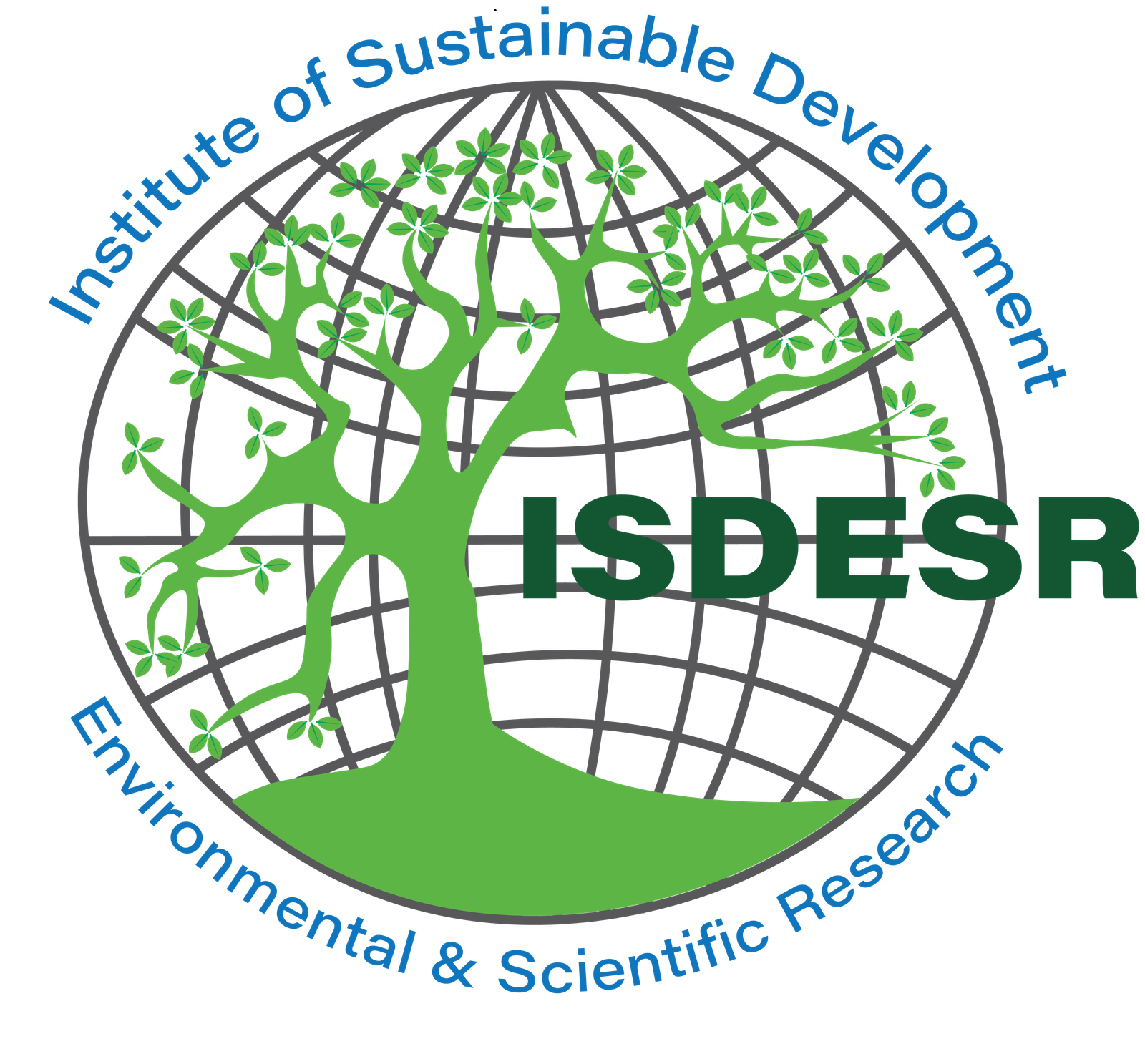Volume 11 (01), January 2025
PREDICTION OF MAXIMUM FLOOD OF A WATER BODY TO MITIGATE THE IMPACTS ON AGRICULTURE AND URBAN AREAS
AUTHOR
Vikas Durgam and Pinninti Pavain Kumar Reddy
ABSTRACT
Flooding poses a significant challenge, affecting the lives and livelihoods of people residing near riverbanks. Whether in urban cities or rural villages, the impacts are severe and widespread. In recent years, the frequency of unexpected floods has increased, driven by factors such as climate change, cloudbursts, heavy runoff, and inadequate drainage systems. These unpredictable events make it imperative to develop effective flood prediction and mitigation strategies to minimize losses and reduce impacts. This study focuses on predicting the maximum flood levels of a water body, with a practical case study of the Musi River near Chaderghat, Hyderabad. Using advanced hydrological modelling tools, flood analysis was conducted to better understand the river’s behaviour during extreme rainfall events. HEC-HMS, a hydrological modelling system developed by the US Army Corps of Engineers, was employed for rainfall-runoff modelling. Additionally, unsteady flow analysis was performed using HEC-RAS to determine water surface profiles along the channel segment. With the exponential increase in population in and around Hyderabad, coupled with the presence of rural villages in the Musi River basin that rely heavily on agriculture, assessing flood risks has become a critical priority. The study demonstrates the use of GIS for identifying flood-affected areas, providing valuable insights for alerting communities and implementing targeted mitigation measures. By integrating hydrological modelling and geospatial analysis, this research emphasizes the importance of proactive flood management in protecting urban and rural communities, reducing flood-related damage, and enhancing resilience.
